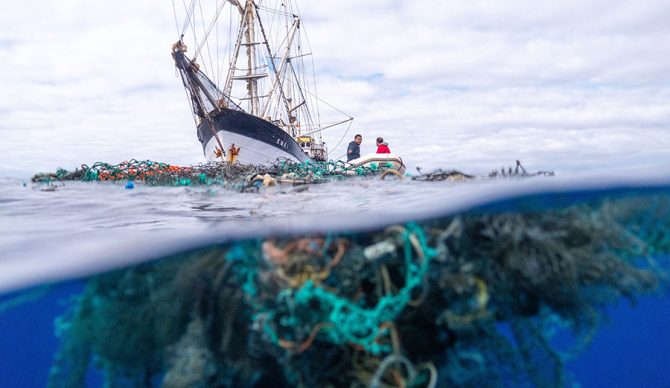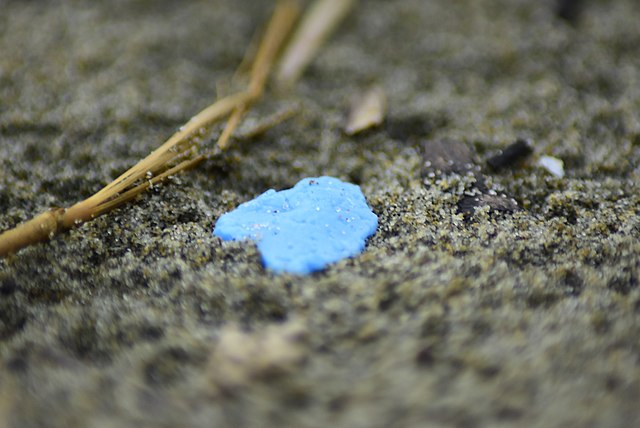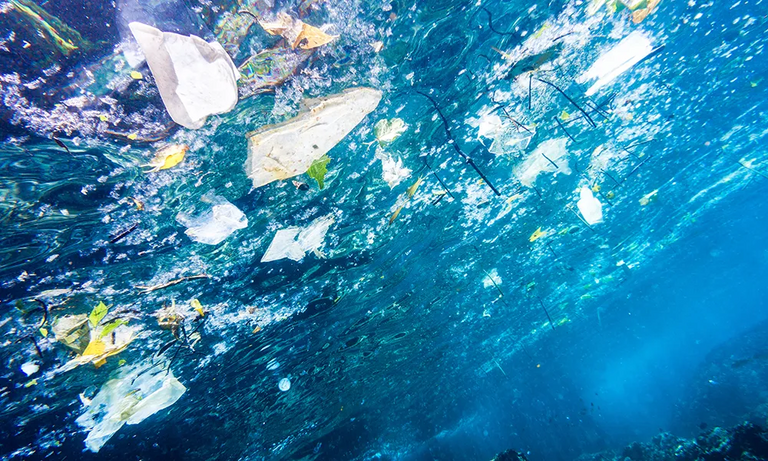We produce millions of tons of waste every year, of which about 10 million tons reach the sea. It is estimated that half of the total plastic is lighter than water, so it floats on the surface. But scientists estimate that the amount of plastic floating on the surface is only about 300,000 tons.

The question is where does the remaining 9.7 million tons go? Take the journey of plastic fiber flowing from woolen fabrics. Heavy rains wash it away into a rain gutter or a nearby river. Does this fine fiber stop there? Or does the river carry it to the beach where it settles? Or does it continue its journey and end up reaching the high seas? This fiber, which undergoes various structural stages in the form of plastic waste, is one of the countless mysteries.
By tracing the last floor of the invisible plastic, we can know which part of the ocean is most affected by this pollution and where cleaning is most needed. But to do that, we need to determine the different pathways of plastics, which would require a large joint team of physicists, biologists and mathematicians.
We already know that large pieces like plastic bottles float on the surface of the sea for many years, if not centuries before they dissolve. Waves, winds, and currents, after years of travel, collect them in the lower reaches of the ocean for thousands of kilometers. These pieces resemble plastic soup-like liquids instead of garbage islands.
But the matter of fine fibers and small pieces of plastic reaching the sea is more complicated. Even large fibers can split into smaller pieces after days and weeks due to the movement of breaking waves and the sun's ultraviolet rays. They are called microplastics, which range in size from five millimeters to even smaller than bacteria.

These microscopic particles can only be eaten by fish, and it is estimated that if a person eats three fish, one of them must contain microplastics. Even microscopic creatures such as zooplankton floating on the surface swallow small pieces that are later eaten by large animals such as whales.
A process known as 'Bio folding' in which microscopic marine creatures become accustomed to microplastics and reach the bottom of the water. Soil in muddy rivers, such as the Mississippi River in the United States and the Amazon in Brazil, constantly accumulates in the bottom layer after mixing with saltwater. This soil pulls the microplastics down, but how much? It is still unknown.
Determining the amount of each type of plastic is very difficult. Which small piece of mud that comes with the soil or in the form of microbes on the beach gets inside the fish? It is not clear how long it takes for 'Bio folding' or other forces to take them down to the surface, after which they reach the ocean floor.
Due to these complex factors, it may be difficult to predict the final destination of the plastic. But we are slowly moving in that direction. Nowadays, according to preliminary research, large pieces reach the sea faster than small microscopic plastic components, which means that large pieces reach the bottom of the beach where aquatic creatures are found.

According to a recent study, non-spherical components move in the same direction with the waves, which may cause them to slow down. Furthermore, experiments in the laboratory have shown how effective the different shapes of plastic items are in carrying them away. Less spherical pieces are more likely to move further inland from the coast.
Thank you for reading! Stay Safe!👋😌
References:
1- https://theconversation.com/where-does-plastic-pollution-go-when-it-enters-the-ocean-155182